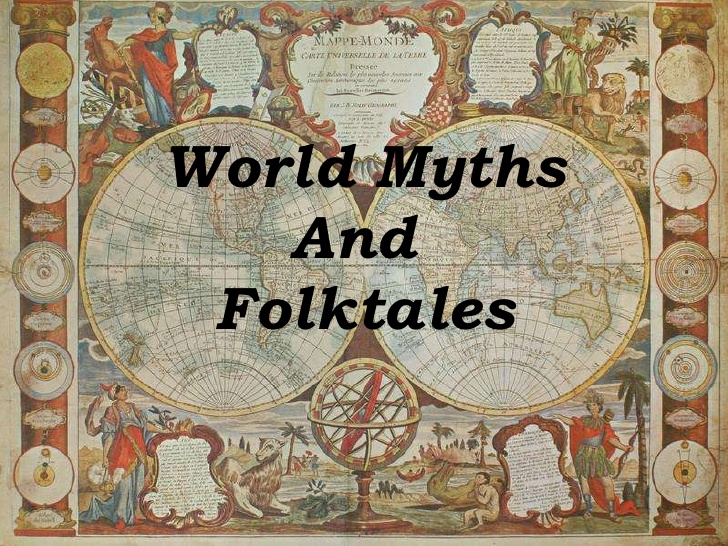Quiz-summary
0 of 10 questions completed
Questions:
- 1
- 2
- 3
- 4
- 5
- 6
- 7
- 8
- 9
- 10
Information
 All over the world there are extraordinary stories, some were even believed to be true once upon a time. As a kid you must have heard stories about magic and monsters, handsome princes and damsels in distress.
All over the world there are extraordinary stories, some were even believed to be true once upon a time. As a kid you must have heard stories about magic and monsters, handsome princes and damsels in distress.
Take this quiz to see how much you know about myths, legends and fairy tales around the world.
You have already completed the quiz before. Hence you can not start it again.
Quiz is loading...
You must sign in or sign up to start the quiz.
You have to finish following quiz, to start this quiz:
Results
0 of 10 questions answered correctly
Your time:
Time has elapsed
You have reached 0 of 0 points, (0)
Categories
- Not categorized 0%
-
Were you never read fairy tales as a child? Now is your time to catch up!
[Image: Slideshare]
[Image: Deviantart]
[Image: Wikipedia]
[Image: Wikipedia]
[Image: Wikipedia]
[Image: Wikipedia]
[Image: Wikipedia]
[Image: Angelo]
[Image: Russiapedia]
[Image: Marcella]
[Image: IMDb]
-
Good effort, you know a thing or two about myths and legends.
[Image: Slideshare]
[Image: Deviantart]
[Image: Wikipedia]
[Image: Wikipedia]
[Image: Wikipedia]
[Image: Wikipedia]
[Image: Wikipedia]
[Image: Angelo]
[Image: Russiapedia]
[Image: Marcella]
[Image: IMDb]
-
Well done, but maybe it’s time to pull out those fairy tale books or Disney movies again.
[Image: Slideshare]
[Image: Deviantart]
[Image: Wikipedia]
[Image: Wikipedia]
[Image: Wikipedia]
[Image: Wikipedia]
[Image: Wikipedia]
[Image: Angelo]
[Image: Russiapedia]
[Image: Marcella]
[Image: IMDb]
-
Congratulations! It’s clear that you have one foot in fairy tale fantasy and the other in the real world.
[Image: Slideshare]
[Image: Deviantart]
[Image: Wikipedia]
[Image: Wikipedia]
[Image: Wikipedia]
[Image: Wikipedia]
[Image: Wikipedia]
[Image: Angelo]
[Image: Russiapedia]
[Image: Marcella]
[Image: IMDb]
- 1
- 2
- 3
- 4
- 5
- 6
- 7
- 8
- 9
- 10
- Answered
- Review